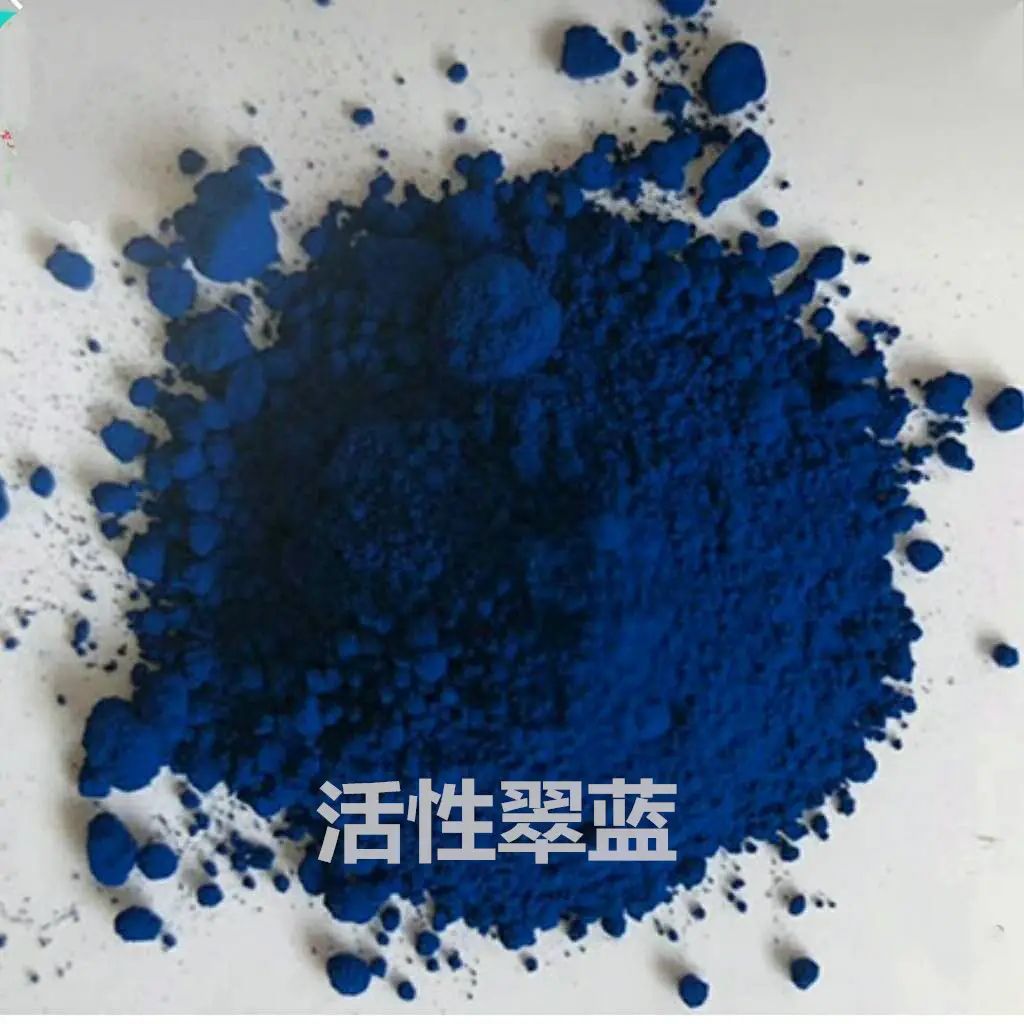Reactive dyes are a new type of dyes. This type of dye molecule contains active groups that can react with fibers, and it can form covalent bonds with fibers during dyeing to form a “dye-fiber” as a whole.
Because reactive dyes contain one or more active groups in their molecules, under appropriate conditions, these active groups can interact with hydroxyl groups on cellulose fibers , protein fibers and amino groups on polyamide fibers react chemically to form covalent bonds, so the color fastness is very good. Most of the molecular structures of reactive dyes are relatively simple, so they are easy to manufacture. Since the reactive dye molecule contains water-soluble groups such as sulfonic acid groups, its water solubility and level dyeing property are good. And because most of the precursors of reactive dyes are acid dyes, the color is very bright and the price is relatively cheap. Although reactive dyes have not been around for a long time, they have become quite important dyes in dyeing and printing.
Because the active group in the reactive dye molecule is easy to hydrolyze. During storage and use, a certain amount of reactive dye will be lost due to the hydrolysis of the active group Activity, left in the dye solution to cause waste.

Dyeing mechanism of reactive dyes
During dyeing, the active group and the primary alcohol hydroxyl compound on the fiber form a covalent bond, thus obtaining excellent wet fastness. When reactive dyes are dyed, the fiber first reacts with the alkali in the dye bath to generate cellulose negative ions.
Then the cellulose anion reacts with the reactive dye to form a “dye-fiber” compound,
Experiments have proved that the concentration of cellulose anions is different at different pH values.
In addition, different active groups bond with cellulose anions in different ways during the dyeing process. There are two types of nucleoaddition.
Nucleophilic substitution reaction of reactive dyes
Dichlorobenzene-type and dichlorobenzene-type reactive dyes undergo nucleophilic substitution reactions with cellulose anions to form esters.
The positive charge density of the carbon atom on the nucleus connected to the chlorine atom in the reactive dye molecule is relatively high, and it is the nucleophilic reaction center for the cellulose anion. The “dye fiber” compound can be regarded as an ester of trimerized acid, and the reaction is irreversible.
Nucleophilic addition reaction of reactive dyes
After the vinylsulfone type reactive dye reacts with the cellulose anion, a nucleophilic addition reaction occurs to form an ether bond.
The conjugation effect of the reactive dye molecule due to the sulfone group increases the positive charge density on the β carbon atom, causing an addition reaction with the cellulose anion. When the “dye fiber” compound is formed, under the action of alkali, a hydrogen ion is removed on the α carbon atom, and then the β carbon atom loses the cellulose anion, and then a vinyl sulfone group is formed, so the ether bond is formed. Nucleophilic addition reactions are reversible.
Application range of reactive dyes
Reactive dyes can dye a variety of fibers. In addition to dyeing and printing cotton, linen, viscose and other cellulose fibers, they can also be used for wool, silk, etc. And dyeing of synthetic fibers such as nylon.

 微信扫一扫打赏
微信扫一扫打赏

